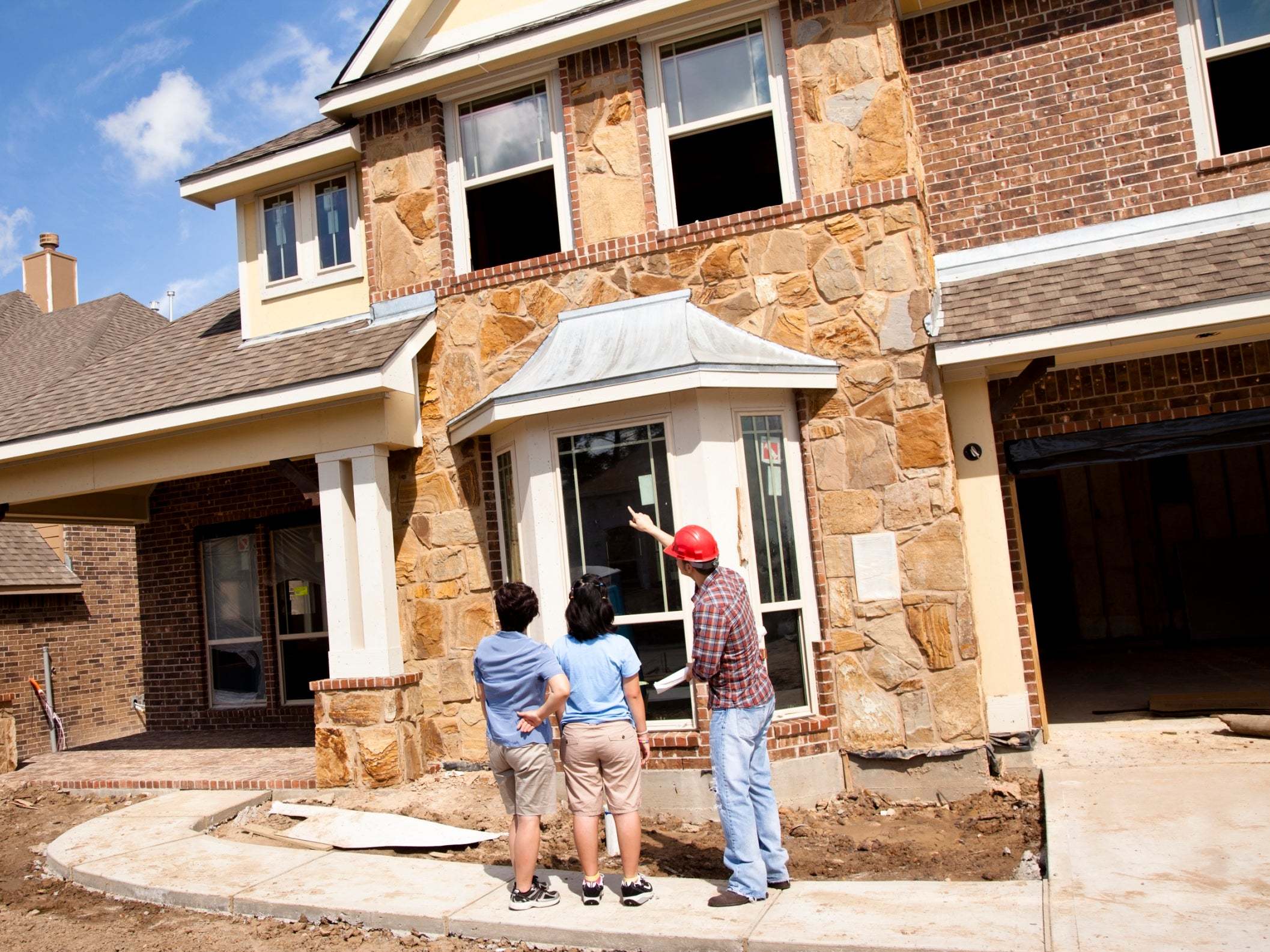Is the space above your home worth a fortune?
For some, making money from thin air could be more than wishful thinking

Your support helps us to tell the story
From reproductive rights to climate change to Big Tech, The Independent is on the ground when the story is developing. Whether it's investigating the financials of Elon Musk's pro-Trump PAC or producing our latest documentary, 'The A Word', which shines a light on the American women fighting for reproductive rights, we know how important it is to parse out the facts from the messaging.
At such a critical moment in US history, we need reporters on the ground. Your donation allows us to keep sending journalists to speak to both sides of the story.
The Independent is trusted by Americans across the entire political spectrum. And unlike many other quality news outlets, we choose not to lock Americans out of our reporting and analysis with paywalls. We believe quality journalism should be available to everyone, paid for by those who can afford it.
Your support makes all the difference.You’ve already turned the draughty loft into a posh spare room.
That annoying little space down the side of the house has been knocked through and out for a kitchen diner.
You may have even fantasised about digging down to become the proud owner of a smart basement conversion. Even if you did put the fear of subsidence into the heart of your immediate neighbours.
If you’ve ticked all these off the lifestyle list it probably feels like you’re running out of ideas, and crucially cash, to maximise the space around your home.
But could there be one possibility hanging around your home before you start the long, expensive slog around the line of estate agents on every high street? Maybe.
Look up
When you buy a property in the UK, you legally own the bricks, mortar, patches of grass and other entirely predictable bits and pieces outlined in the paperwork.
We’re fairly comfortable with the idea that the ground underneath our homes is ours to use as we so desire – at least if you’ve managed to buy a house.
What few people realise is that you may also own, and have (limited) rights to, the airspace above and around your home. We might put in dormer windows or, at most, a first floor on an ambitious extension, but that’s as far as it usually goes.
But according to the Civil Aviation Authority, you have a right to enjoy the lower stratum of airspace immediately above your property. Usually restricted to between 500 and 1,000 feet above roof space level, this is the rule that stops others erecting overhanging eaves or advertising boards over your home, for example. But the possibilities don’t end there.
Particularly in big cities where building land is as rare as hens’ teeth, this untapped space is even being touted by some as a big part of the solution to the housing crisis.
One report produced back in 2017 by urban planning firm HTA Design suggested that even through “very modest development”, the roofs in London had the capacity to produce at least 180,000 new homes. There’s sufficient supply, it argued even then, to meet 42 per cent of London’s housing targets by 2025.
The idea of airspace is already well established in other locations. In New York, for example, Manhattan airspace is worth an average of $225 (£176) a square foot. Across the US, the average is $64 (£50).
But could you really sell this space to a developer here in the UK? And what would it be worth?
The signs are encouraging. In September, housing secretary Robert Jenrick announced proposals to allow homeowners to add two storeys to a detached property under permitted development rights without needing additional planning permission.
The plans are designed to allow growing families the chance to expand their property, though, fears have inevitably been raised that the changes would open the floodgates for a wave of unsightly extensions.
Priced in
Property valuations don’t currently take airspace into account. Even if you can’t afford a two-storey extension, some specialist developers argue the changes could add thousands of pounds to the value of city homes.
London Penthouse carries out rooftop developments on suitable freehold properties, buying the airspace above flats and converting the area into penthouses. They estimate that in the capital, property with roof space suitable for development could demand between £1,000 and £2,000 per square metre in suburban Enfield, £2,000 to £3,000 in Haringey and as much as £4,000 to £7,000 at the top of the market in Kensington and Chelsea.
One group of six flat owners in north London recently sold the airspace above their property for a total of £1.25m, and also increased the value of their existing flats by an estimated 20 per cent after work on the property was concluded.
But even the business’s CEO and founder, Joe Griffin, acknowledges the limitations of this kind of development opportunity – still focused heavily on blocks of flats at the moment.
“The limitations are restrictions in terms of suitability of the roof. It needs to be a flat or unconverted pitched roof for a development to be viable,” he says.
“Before a development can go ahead, the building must also pass a structural survey to ensure it can safely cope with the additional load of an added storey of accommodation.”
While airspace might not be the property market panacea just yet, it might be worth literally watching this space.
Join our commenting forum
Join thought-provoking conversations, follow other Independent readers and see their replies
Comments